Okinawa, a cluster of 150 islands in the south of Japan, is known for its unique culture and breathtaking beaches. Among its many attractions is the Okinawa Southeast Botanical Gardens, a must-visit for anyone exploring the main Okinawa island.
As part of my Okinawa itinerary, I decided to visit the gardens because I love nature, especially subtropical flora. I was excited, but I didn’t expect to be so captivated. The moment I stepped in, I was greeted by so much lush greenery and the soothing sounds of nature. Dare I say, it was one of the highlights of my visit.
Let’s explore what makes the Okinawa Southeast Botanical Gardens a special place on this beautiful island.
About Okinawa Southeast Botanical Gardens
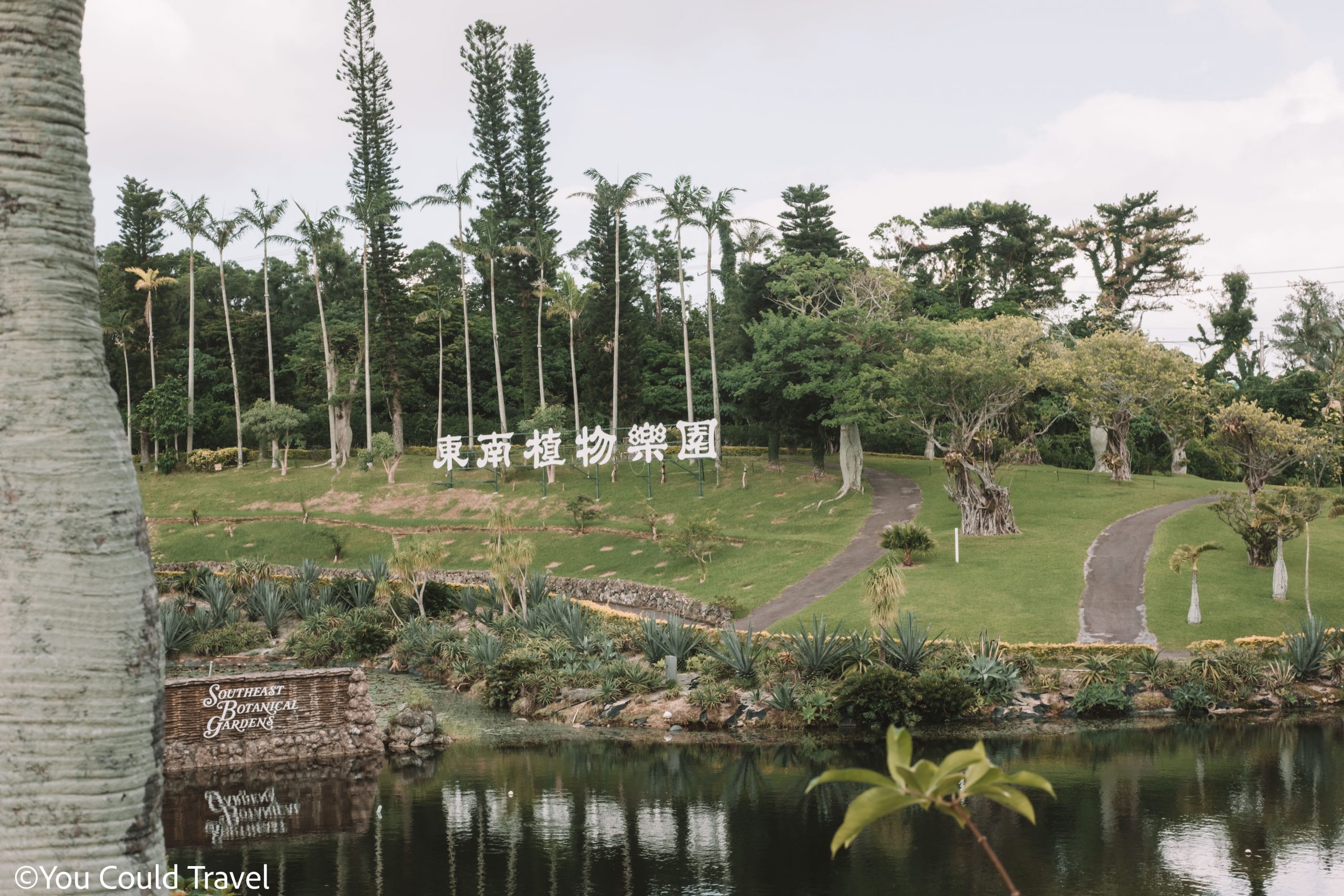
The Okinawa Southeast Botanical Gardens were born from a vision to preserve the rich flora of this subtropical region. Established decades ago, these gardens are home to an impressive collection of over 30,000 specimens, encompassing 1,300 species of trees and shrubs. This remarkable diversity includes not only rare and exotic plants but also a range of animals.
The Okinawa Southeast Botanical Gardens is divided into two gardens: The Water Garden and the Botanical Garden. With your entry ticket, you will receive a sticker (which you must attach to your clothes) and get access to both gardens.
The Water Garden
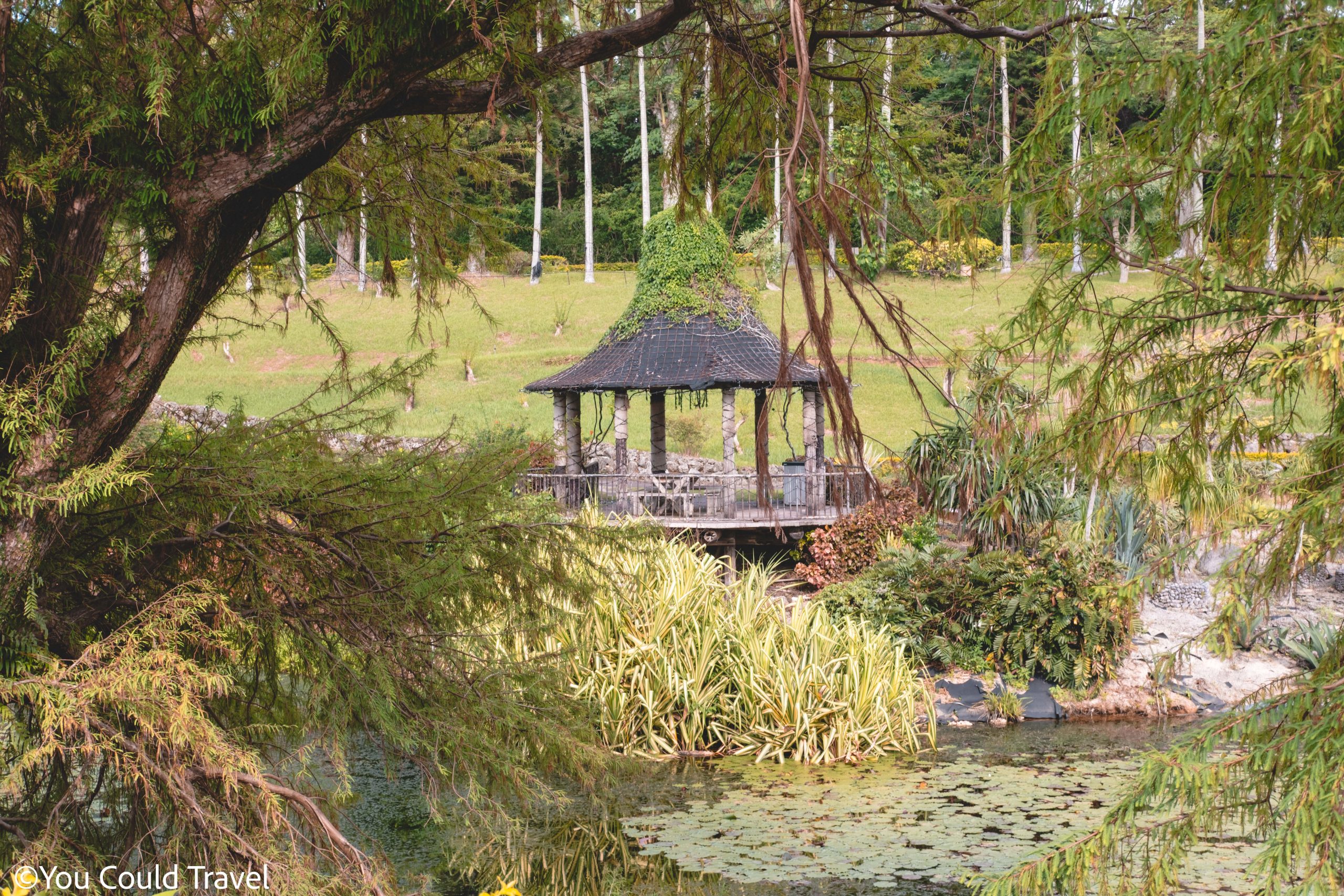
The water garden has three main highlights, you ought to see: the Baobab tree, the lotus pond and the Dragon blood tree.
The Baobab tree grows in the savannah areas of Africa. Expect a huge tree but note that because of the high humidity in Okinawa, the baobab tree here is not as thickly shaped as what you’d see in its natural habitat in Africa and Madagascar.
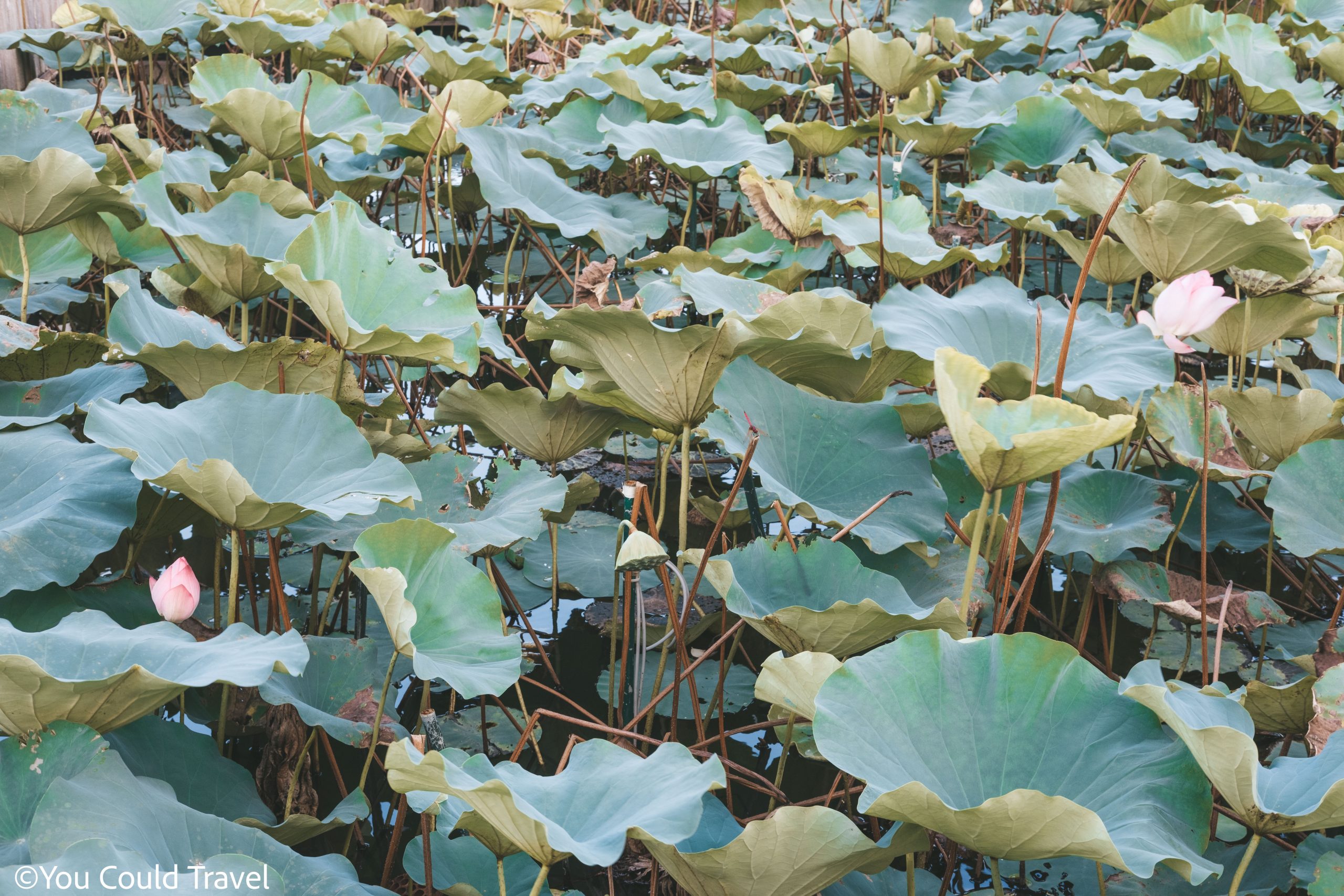
If you visit in July, you’ll see the main pond covered in lotus flowers. They are flowers which love the rainy season.
The Dragon blood tree is an evergreen from the Dracaena genus. It is one of the largest species in the genus Dracaena, reaching a height of 10 to 20 meters.
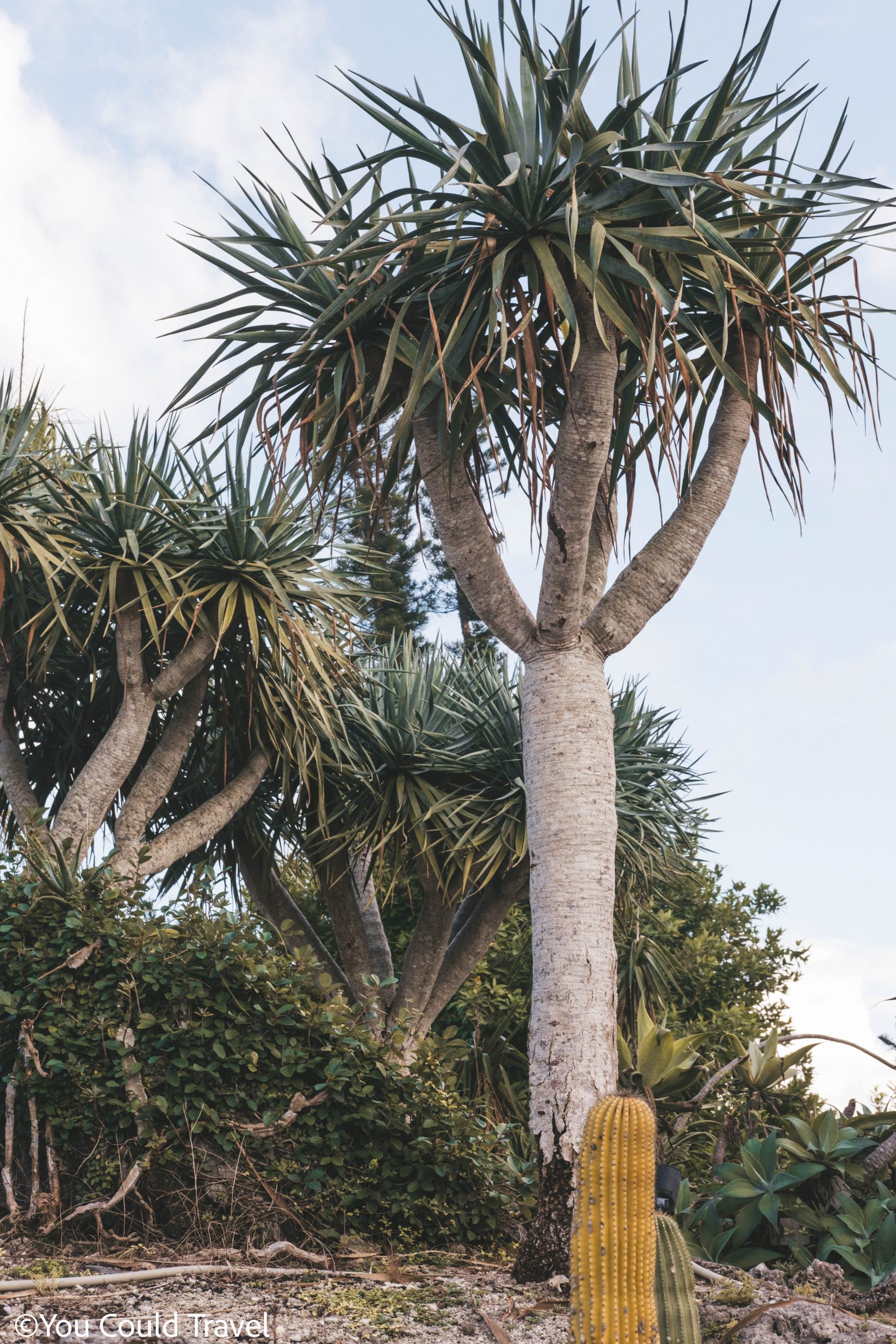
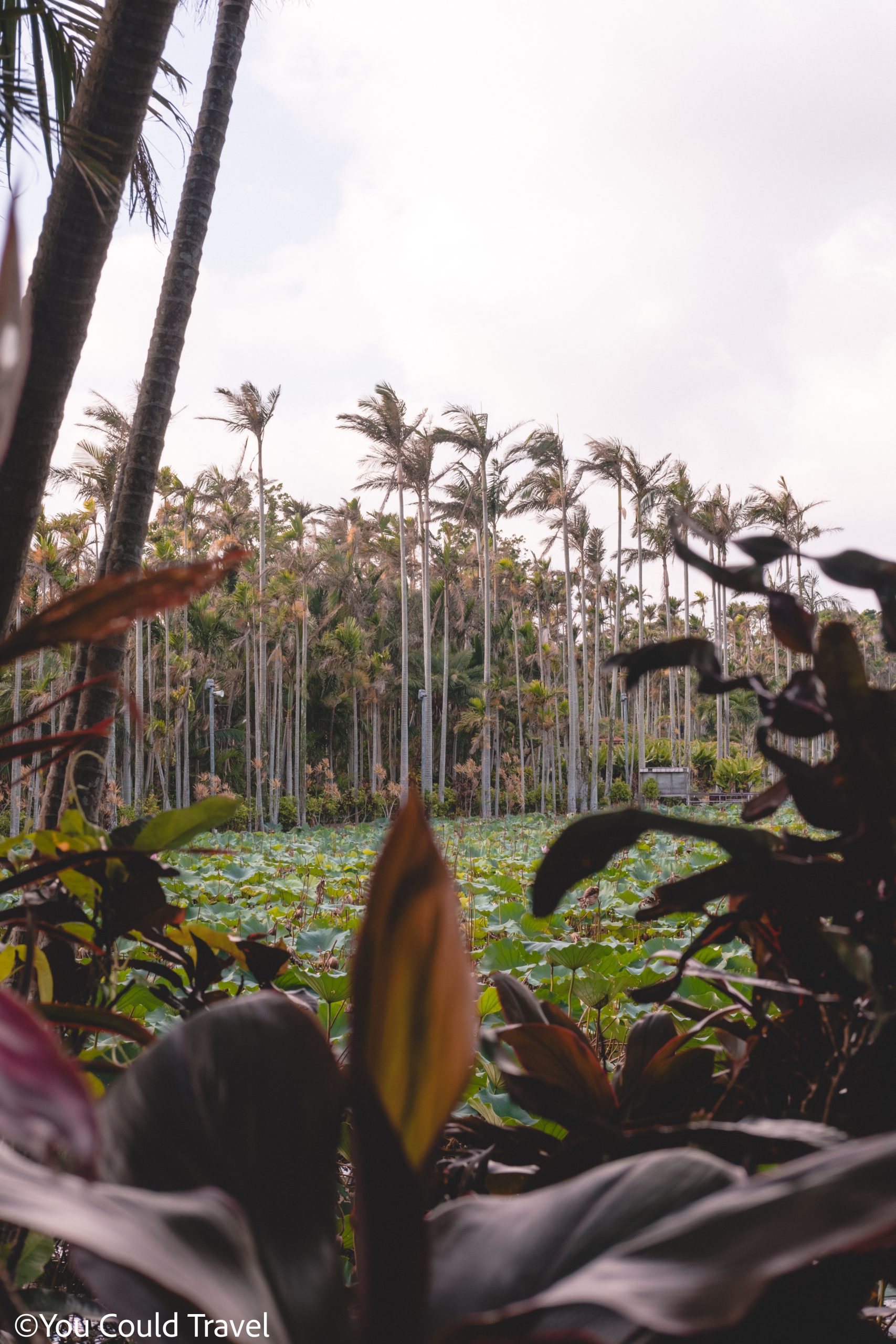
Other highlights in The Water Garden include the birds of paradises, turtles and, my favourite, the capybaras. For an extra 300 yen, you can get up and close with the capybaras. There are even feeding times. So cute!
If you visit late October, you can also see the Okinawa tropical illuminations here.
The Botanical Garden
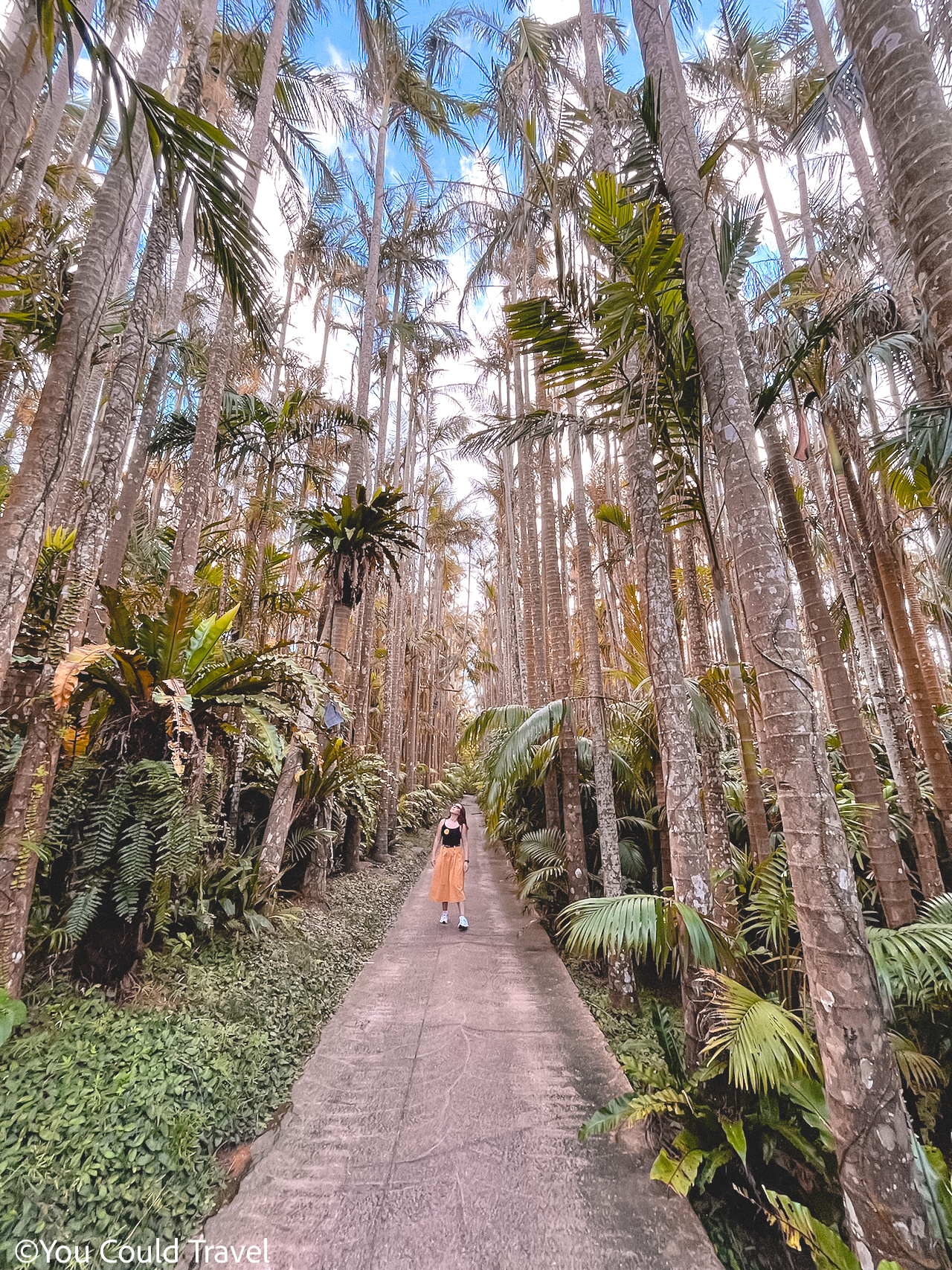
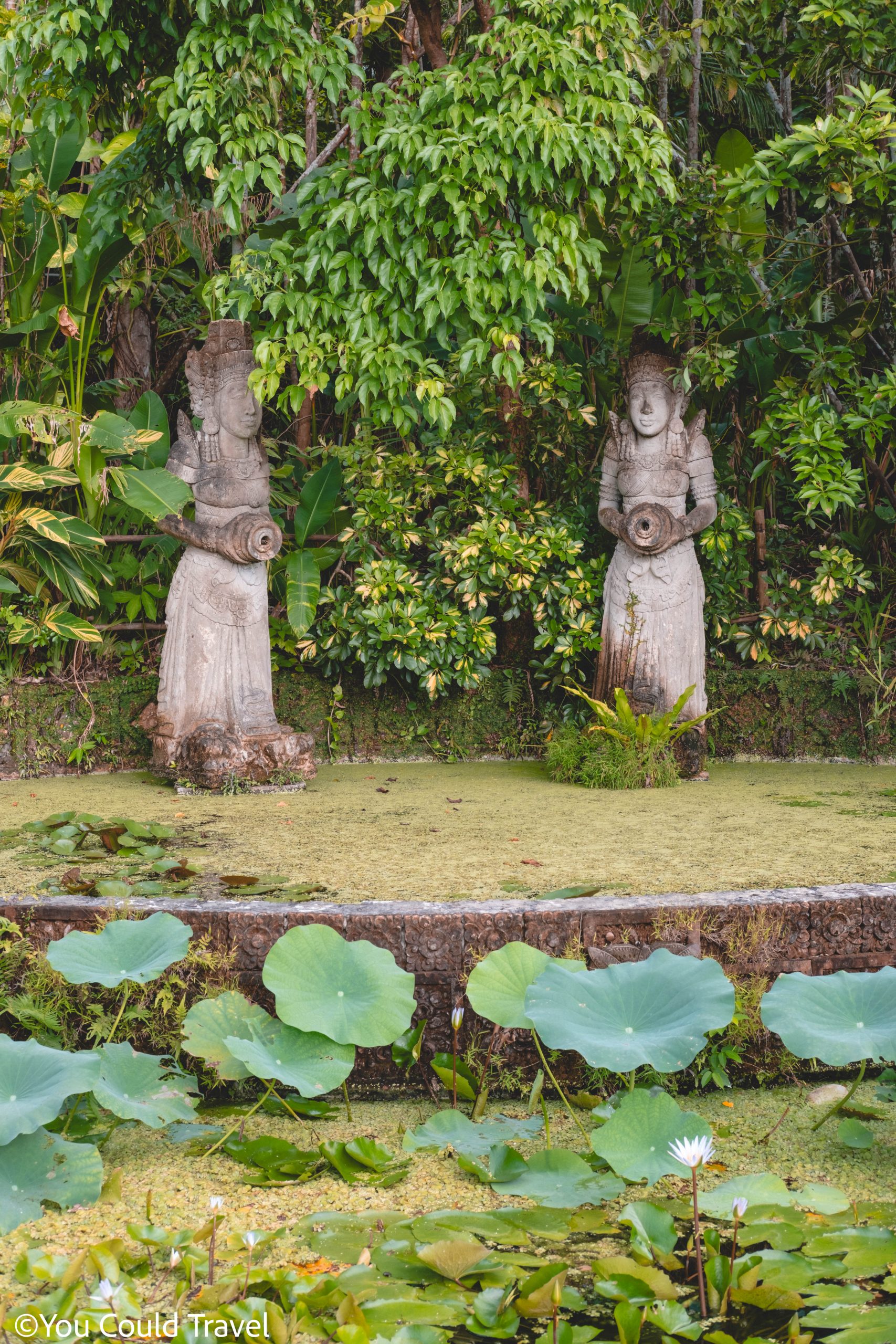
The main highlight here is the Yusura palm avenue. For me, this was the most impressive point of interest. Yusura palm trees are very special as they can only be seen in Okinawa. On the main island, they can only be grown in glasshouses and as you can imagine, none are as impressive as these one in this botanical garden.
Other points of attraction here are the herb garden, the orchard where you can see Shikuwa Arthur plants and the Namiki-dori which is lined with tokk palm trees.
My tips for a great visit
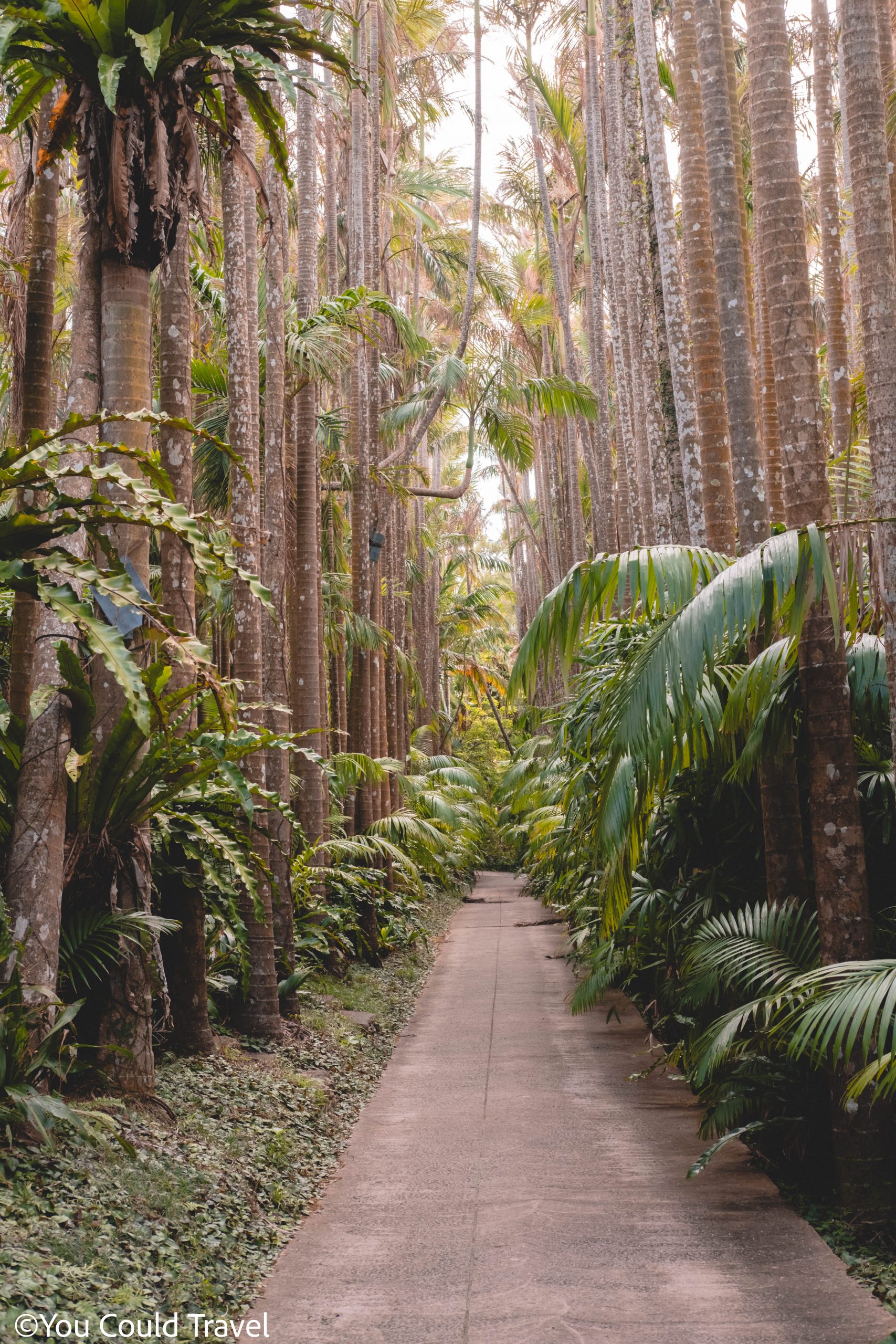
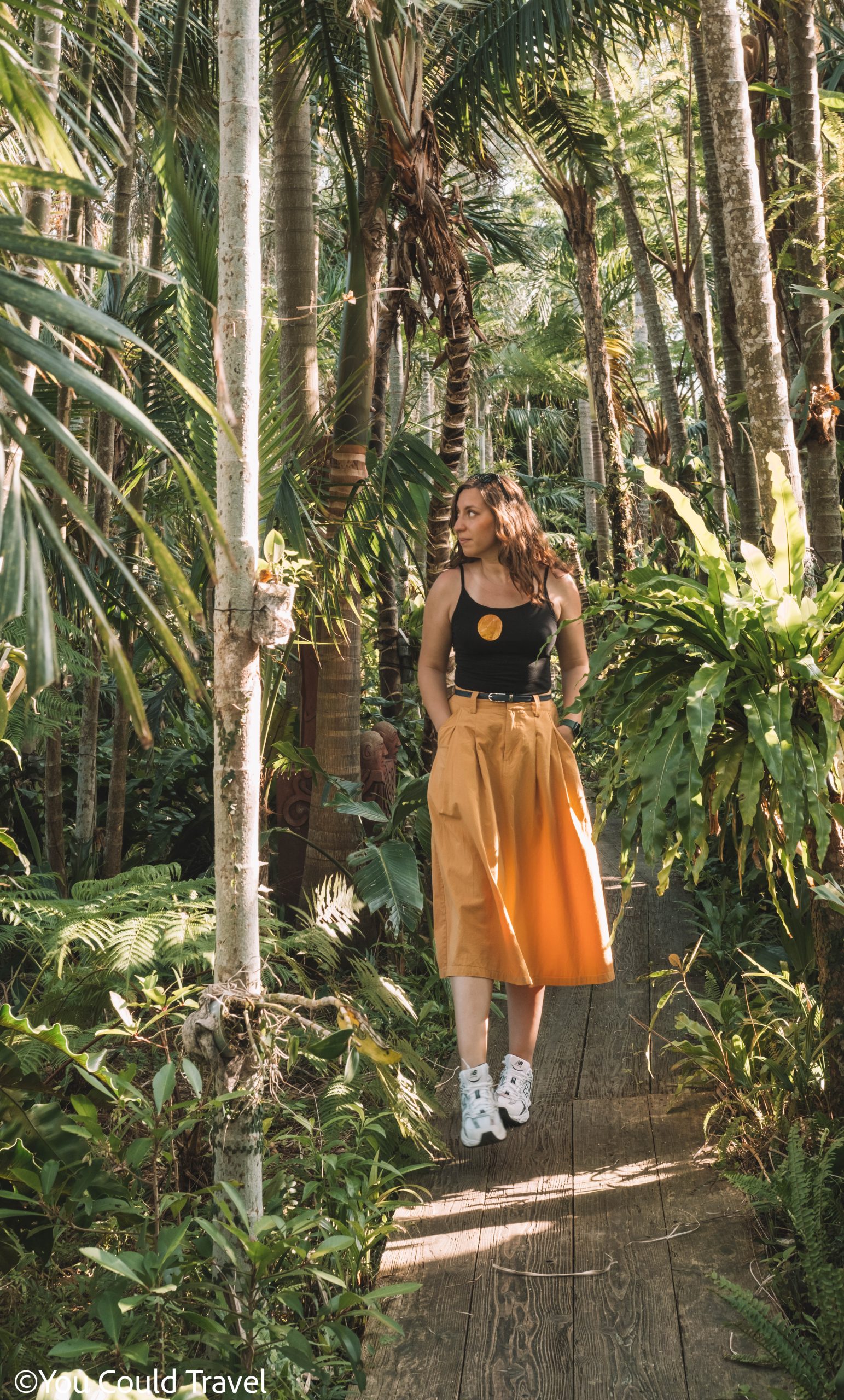
Bring insect repellent – Don’t make the same mistake I made and bring insect repellent. There are mosquitoes waiting to bite at every corner. And these tropical mosquitoes leave some pretty scary marks. If you forget it or come unprepared (like me), then head to the Botanical Garden, walk on the main road for a couple of minutes until you reach a hut on the right-hand side. There is an honesty box there with insect repellent spray and insect repellent bracelets.
Come by car – The easiest way to arrive here is by car. There is a large parking space which is free, and easy to access with large parking bays. This is much easier irrespective of where you’re staying in Okinawa.
Plan your arrival – The Okinawa Southeast Botanical Gardens closes at 10pm. But remember that there are daytime and nighttime tickets. You will need at least 2-3 hours to explore both sides of the gardens. If you are interested in capybaras, arrive no later than 3pm. The last fureai time (interaction with animals) is between 4-4:30pm.
Wear sunscreen – Okinawan sun is no joke and while there are shaded area, you will walk under the scorching hot sunshine. Remember that you should wear sunscreen on cloudy days too.
Food is limited – I would say to bring your own snacks if you think you’ll get hungry. There is the Chibana Gelato open all day long which specialises in 10 different flavour ice creams shipped from Hokkaido. The main restaurant on site is called Peace, and it’s closed on Tuesday and Wedneday, then sporadically open for breakfast between 7:00-10:00, lunch between 11:30-14:30, then is reopens for dinner 17:30-21:30. You need to have a reservation for lunch and dinner. There are 6 vending machine scattered throughout the gardens for ice-cold drinks!
Access Information
| Daytime (9:30-17:00) | Nighttime (17:00-22:00) | Full day | |
|---|---|---|---|
| Adult (18+) | ¥1540 | ¥2150 | ¥2800 |
| Young Adult (13-17) | ¥1050 | ¥1250 | ¥1500 |
| Child (4-12) | ¥600 | ¥750 | ¥1000 |
| Under 3 years old | free | free | free |
🎟️ Buy discounted tickets online!
Please remember that these prices are subject to change without any prior notice.
Southeast Botanical Gardens
2146 Chibana, Okinawa, 904-2143, Japan
📞 Contact
🚉 Closest Station (Directions)
🕥 Opening Hours
Monday: 9:30 AM – 10:00 PM
Tuesday: 9:30 AM – 10:00 PM
Wednesday: 9:30 AM – 10:00 PM
Thursday: 9:30 AM – 10:00 PM
Friday: 9:30 AM – 10:00 PM
Saturday: 9:30 AM – 10:00 PM
Sunday: 9:30 AM – 10:00 PM

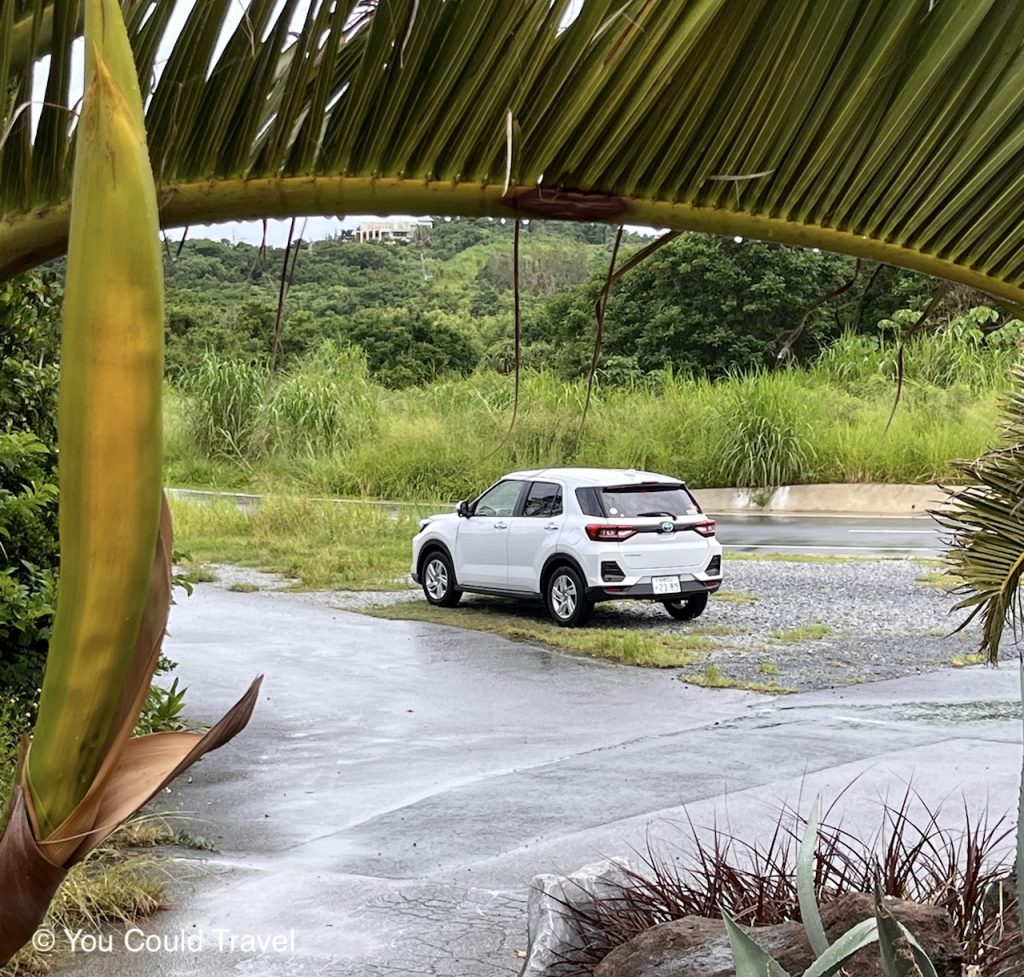
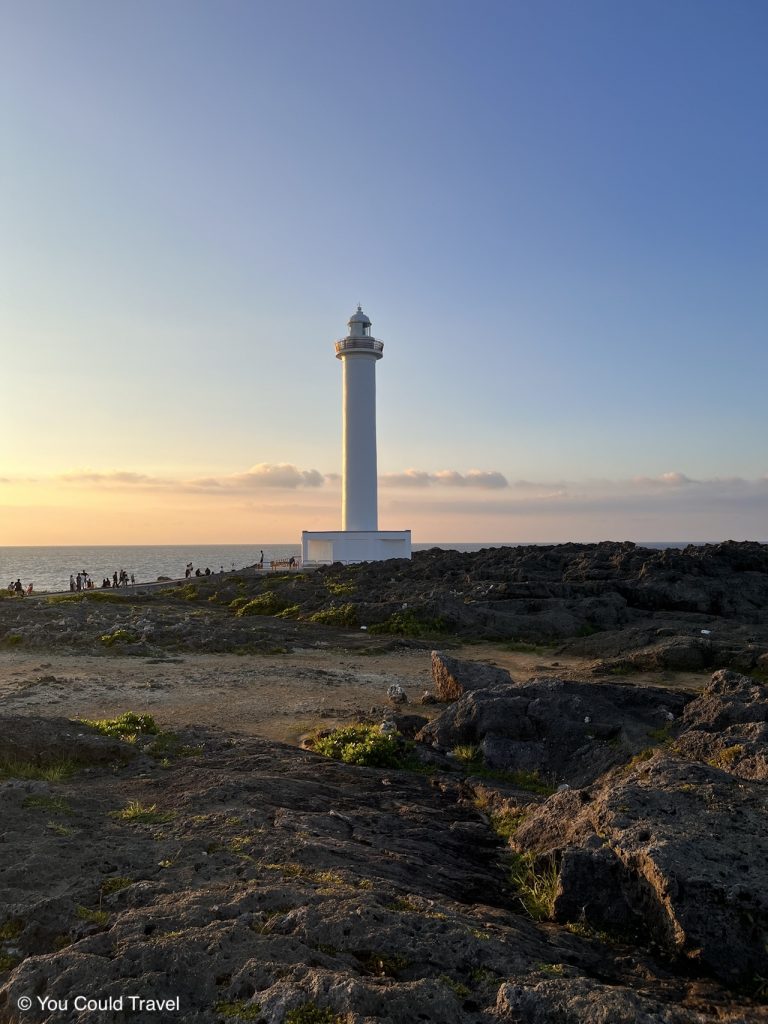
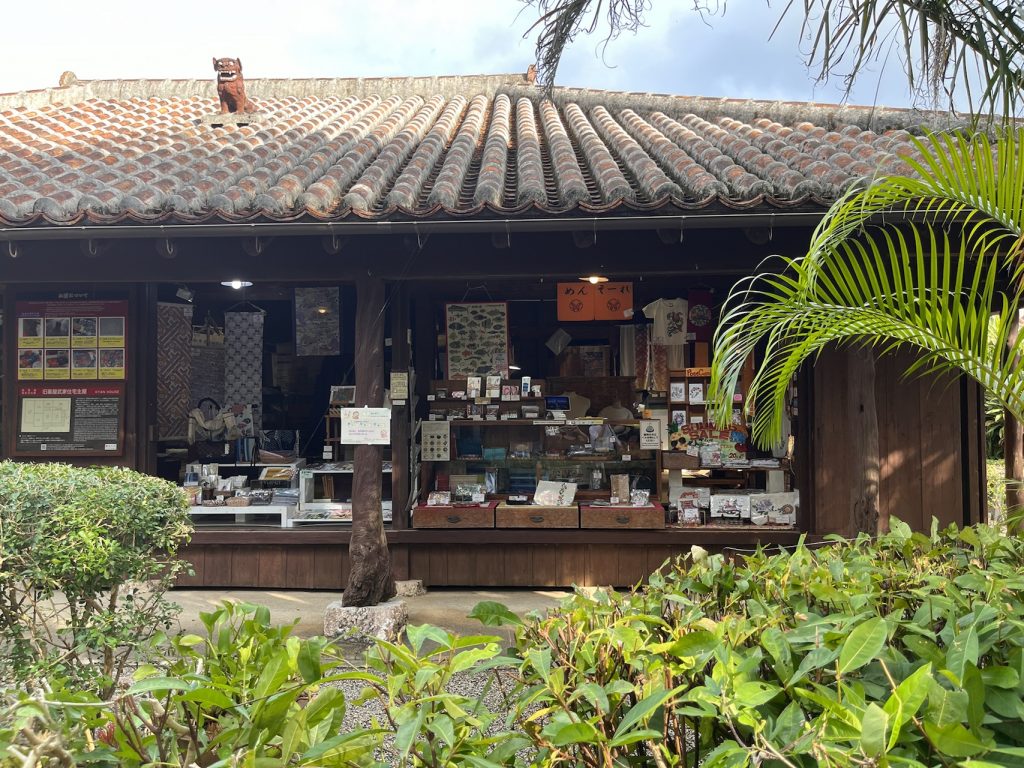
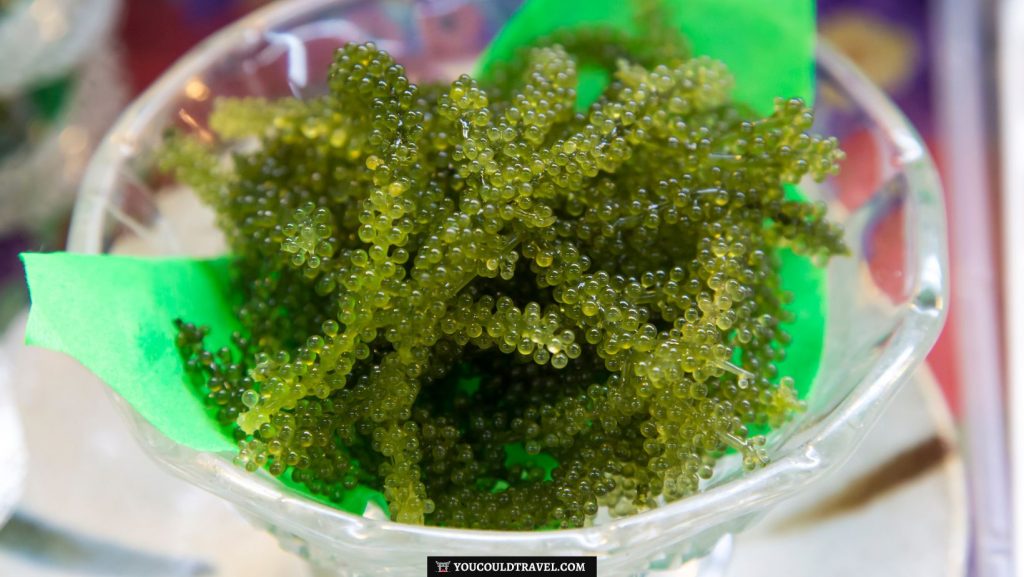
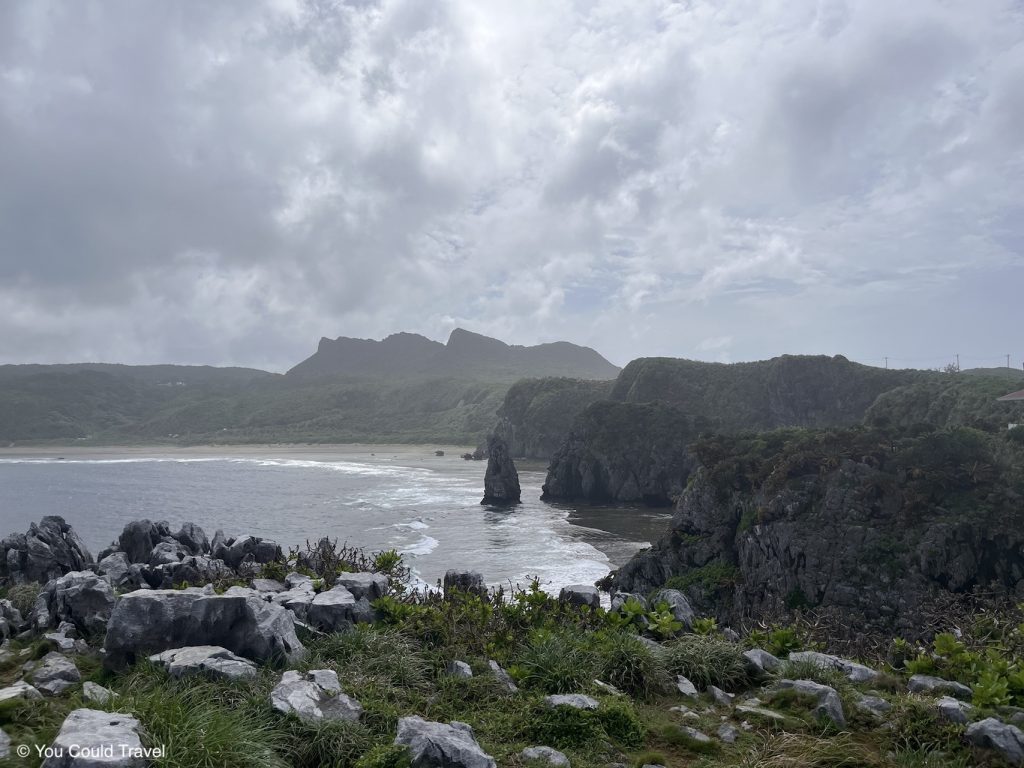
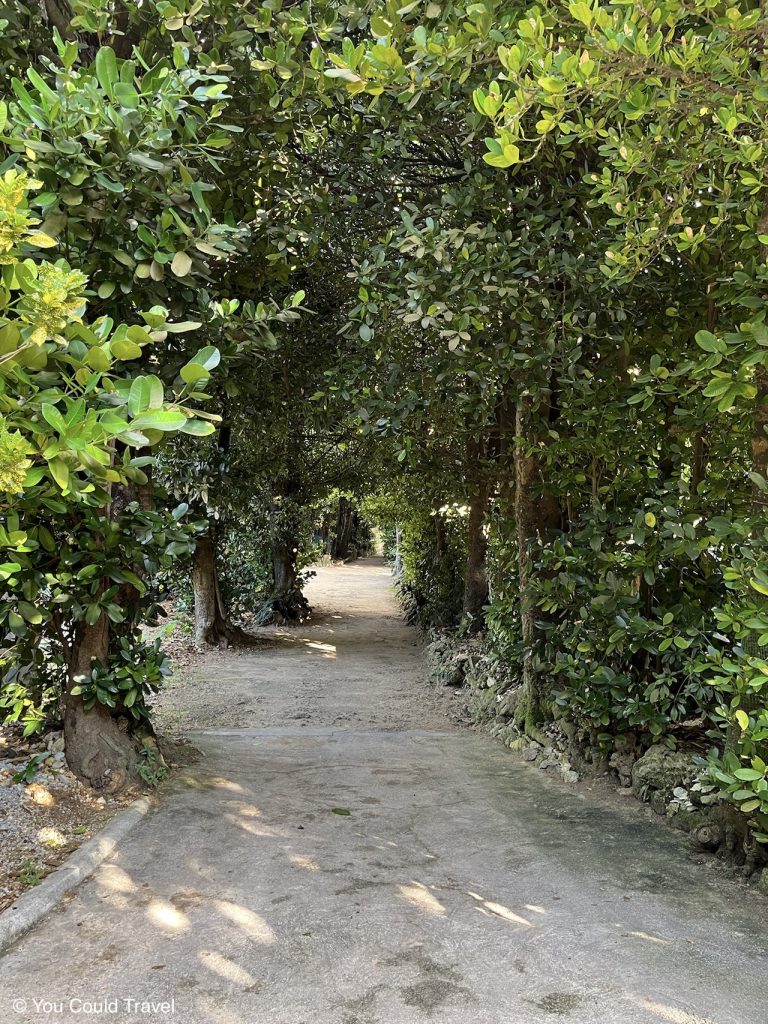


Leave a Reply